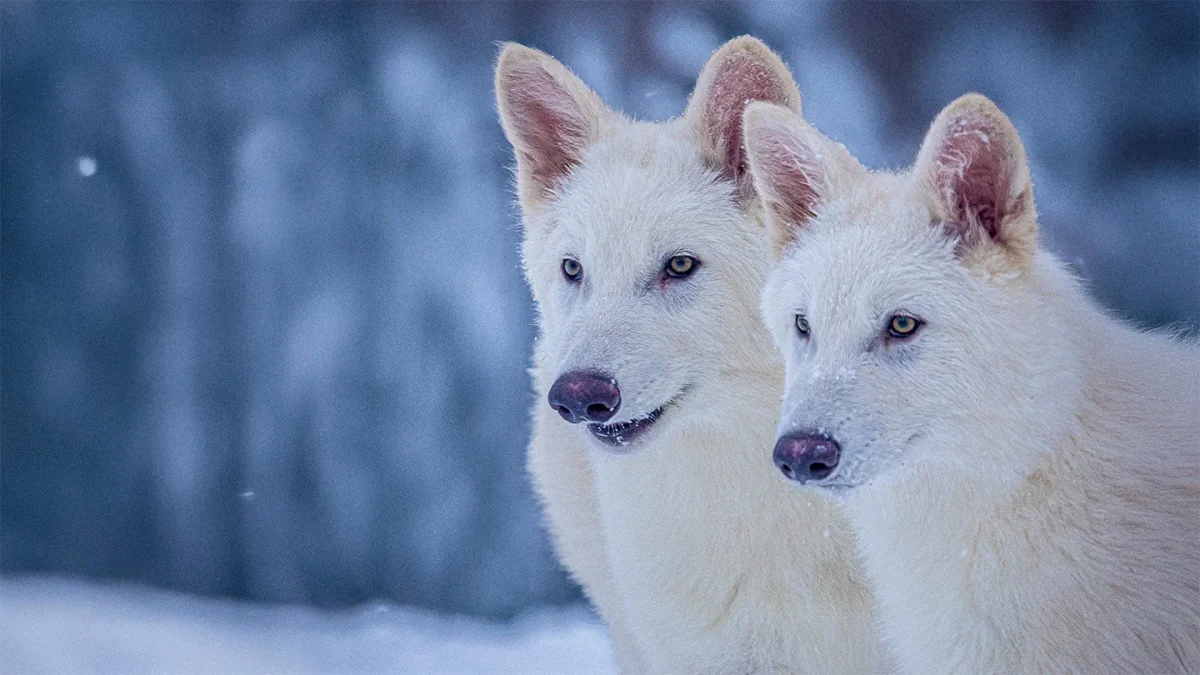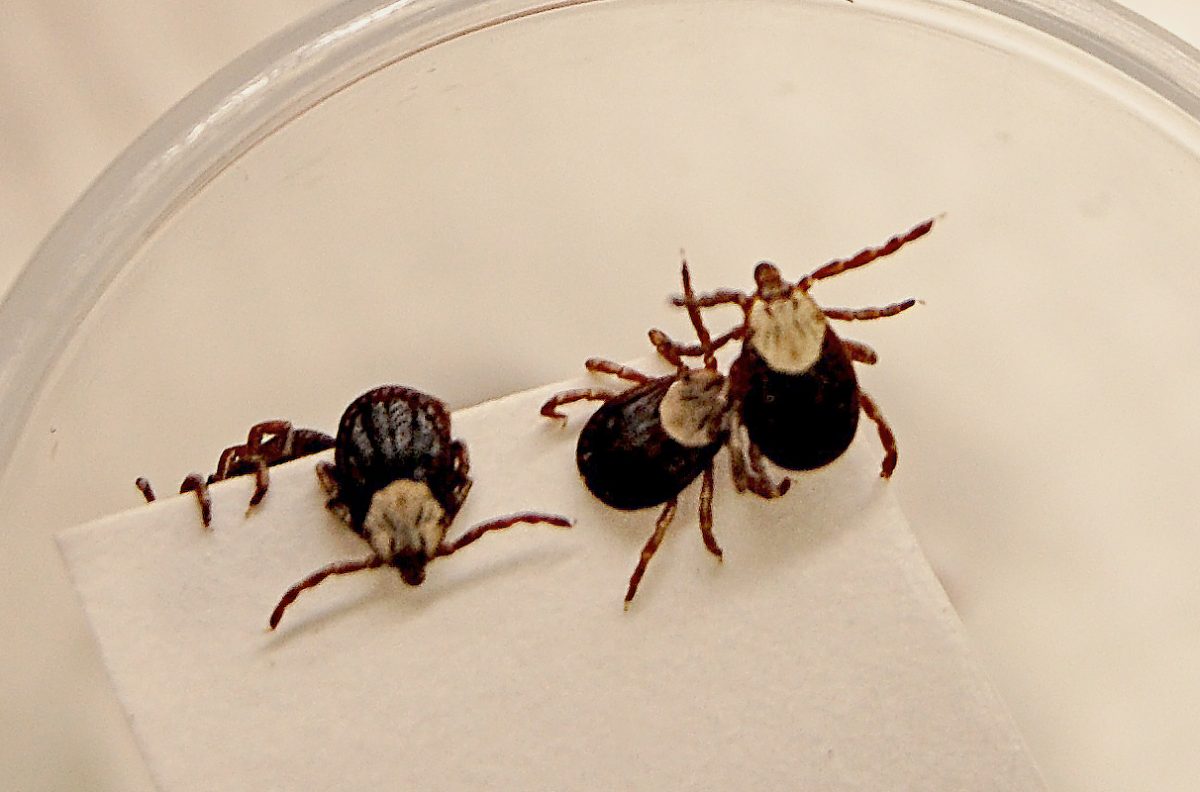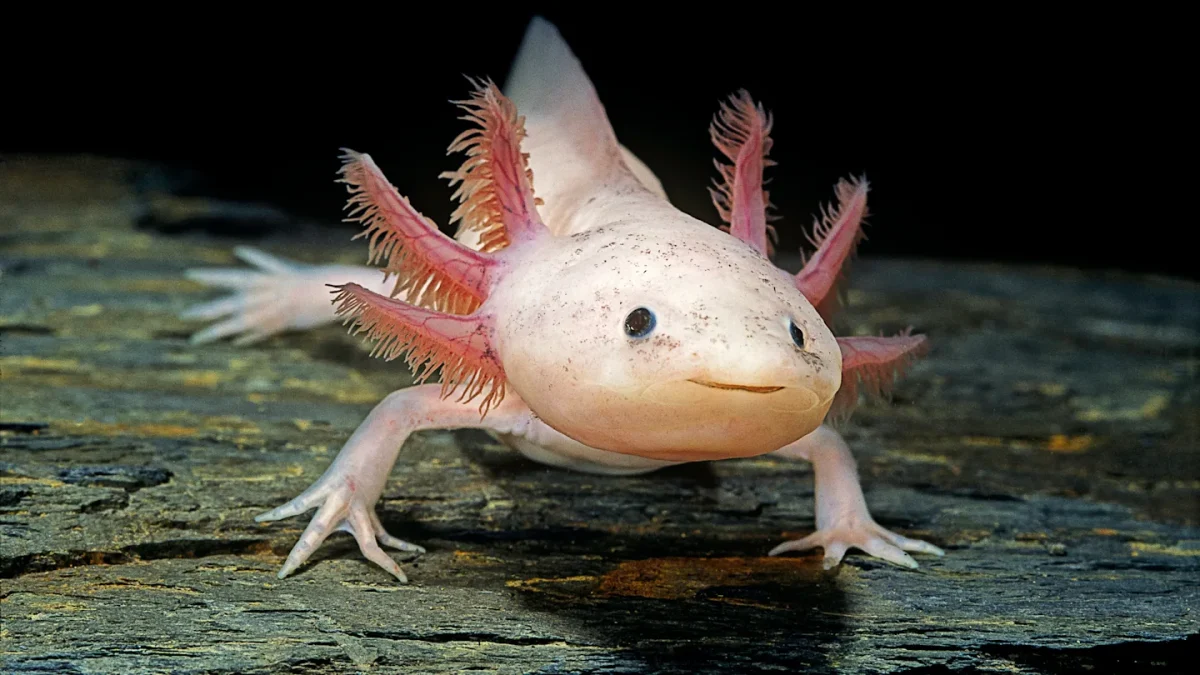On April 7th, Colossal Biosciences revealed that they had successfully resurrected the Dire Wolf. After a long time of testing, on October 1st, two dire wolf cubs were born. On January 30th, a female was born. They are reportedly in good health and resembling that of actual Dire Wolves. According to an article written by Mike Snider with USA Today, “Dire wolves were originally thought to have more likely been relatives of jackals. But Colossal’s findings suggest the dire wolf goes back about 4.5 million years ago with ancestors including a mix of South American canids (the family of mammals such as wolfs and dogs) and a prehistoric wolf that eventually gave rise to gray wolves, dogs, coyotes, and dholes, Colossal’s chief science officer Beth Shapiro told USA TODAY” (Snider, April 11th).

Colossal has a vision of bringing back extinct animals, including the mighty Wooly Mammoth, which they say may help with climate change if they can restore it to the ecosystem it originated in. So far, the wolves are healthy and living happy lives in containment where they play together under close monitoring.
The company is hopeful that their process will not only help de-extinct creatures, but also help endangered species recover. The company has reportedly cloned two litters of red wolves, the most critically endangered species of wolf so far. According to Katie Hunt at CNN Science, “Many critics of de-extinction argue that the huge sums of money invested in the project could be better spent elsewhere — and that raising and breeding the hybrid creatures could imperil living animals used as surrogates. However, Christopher Preston, a professor of environmental philosophy at the University of Montana, said Colossal appears to be paying attention to animal welfare issues, noting the size of the facility and support from the American Humane Society” (Hunt, April 8th).









